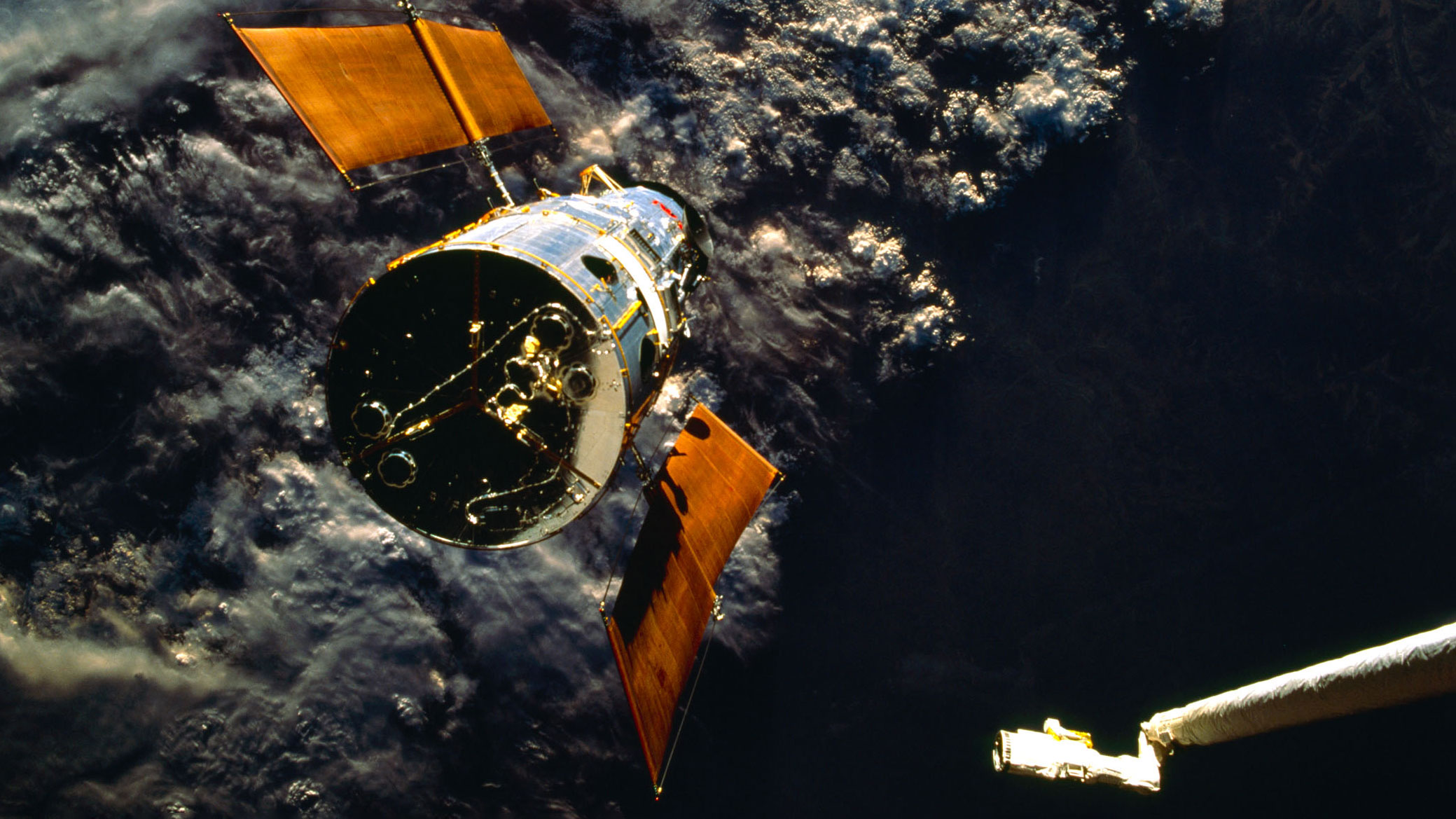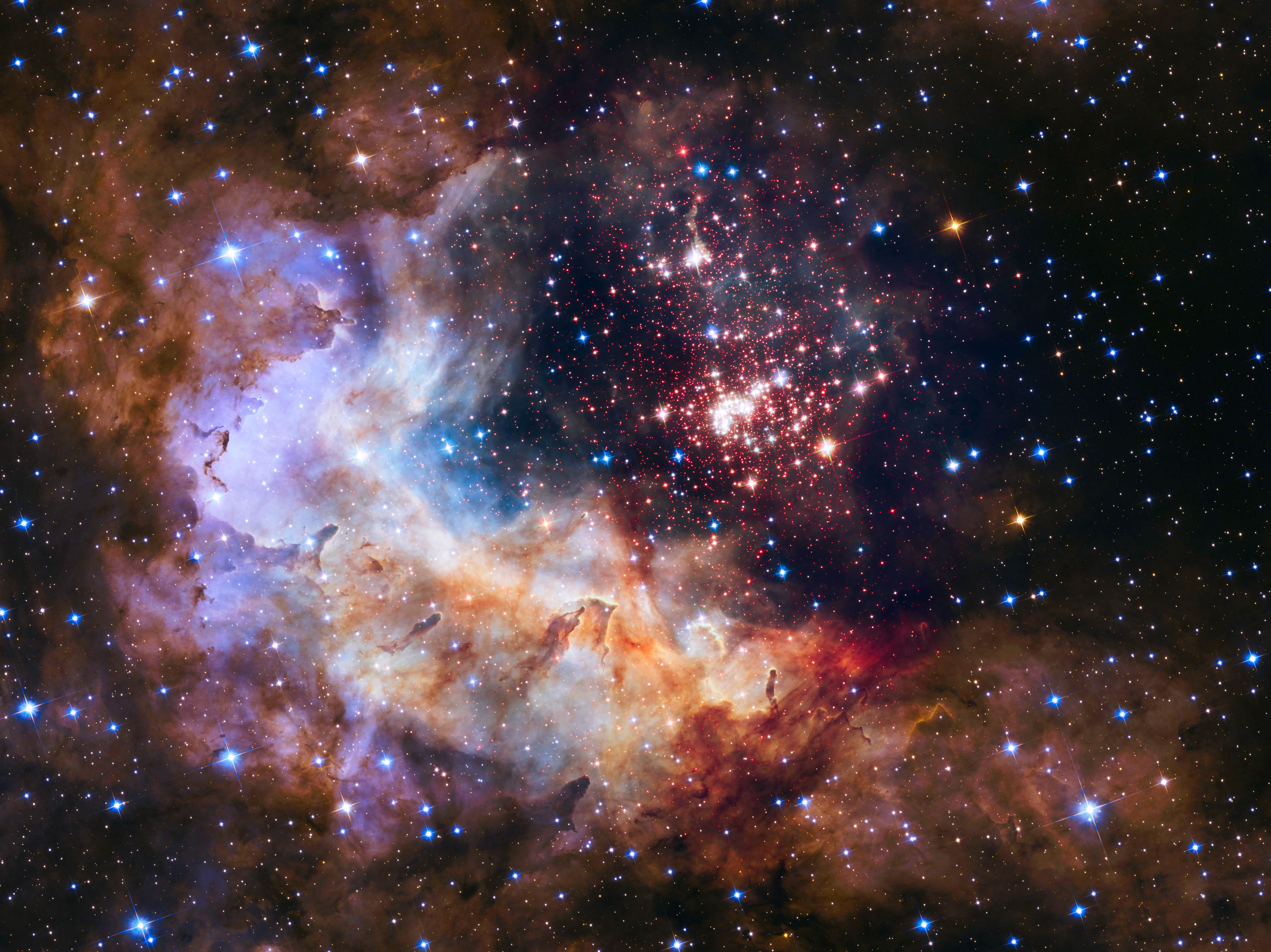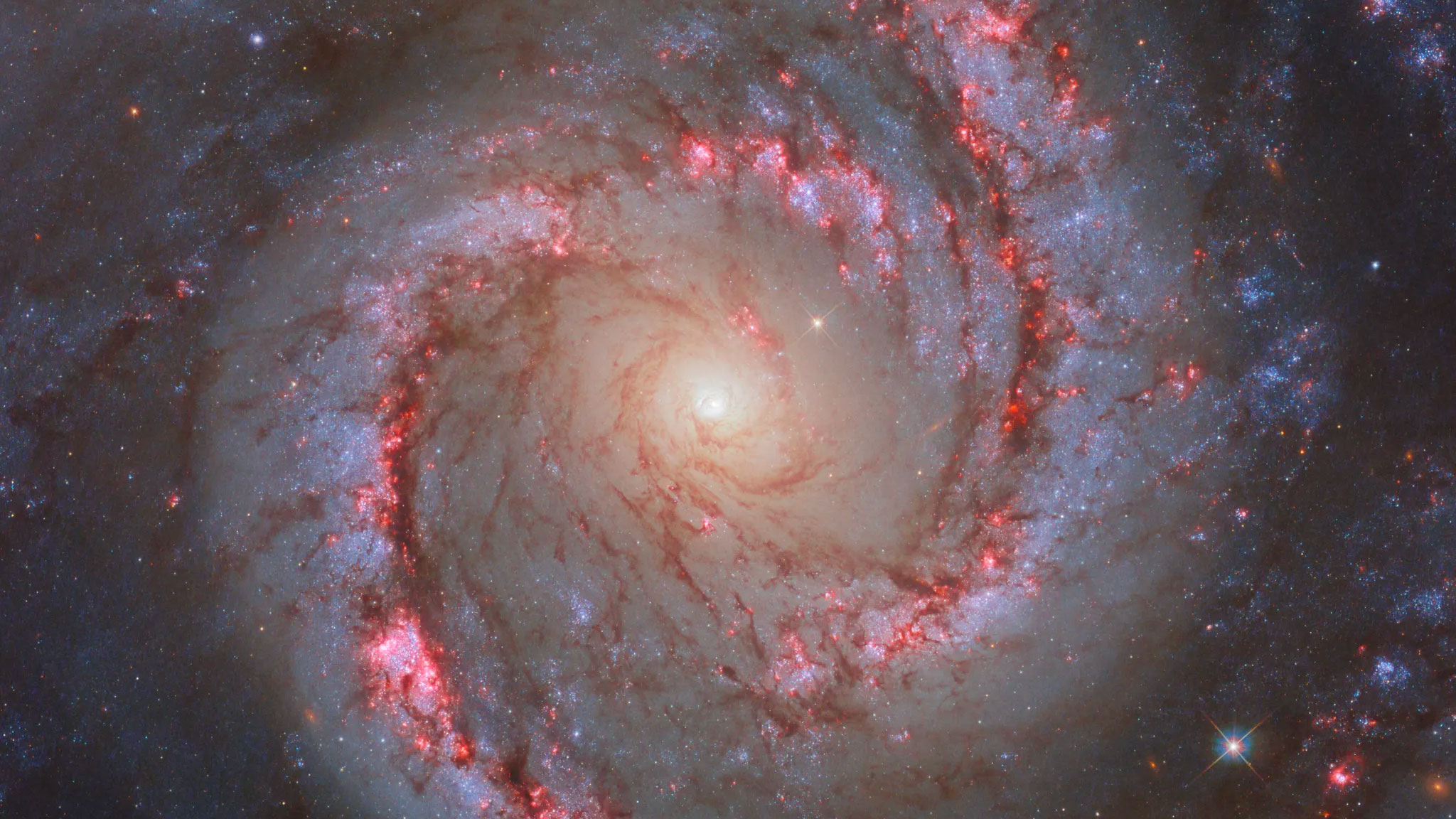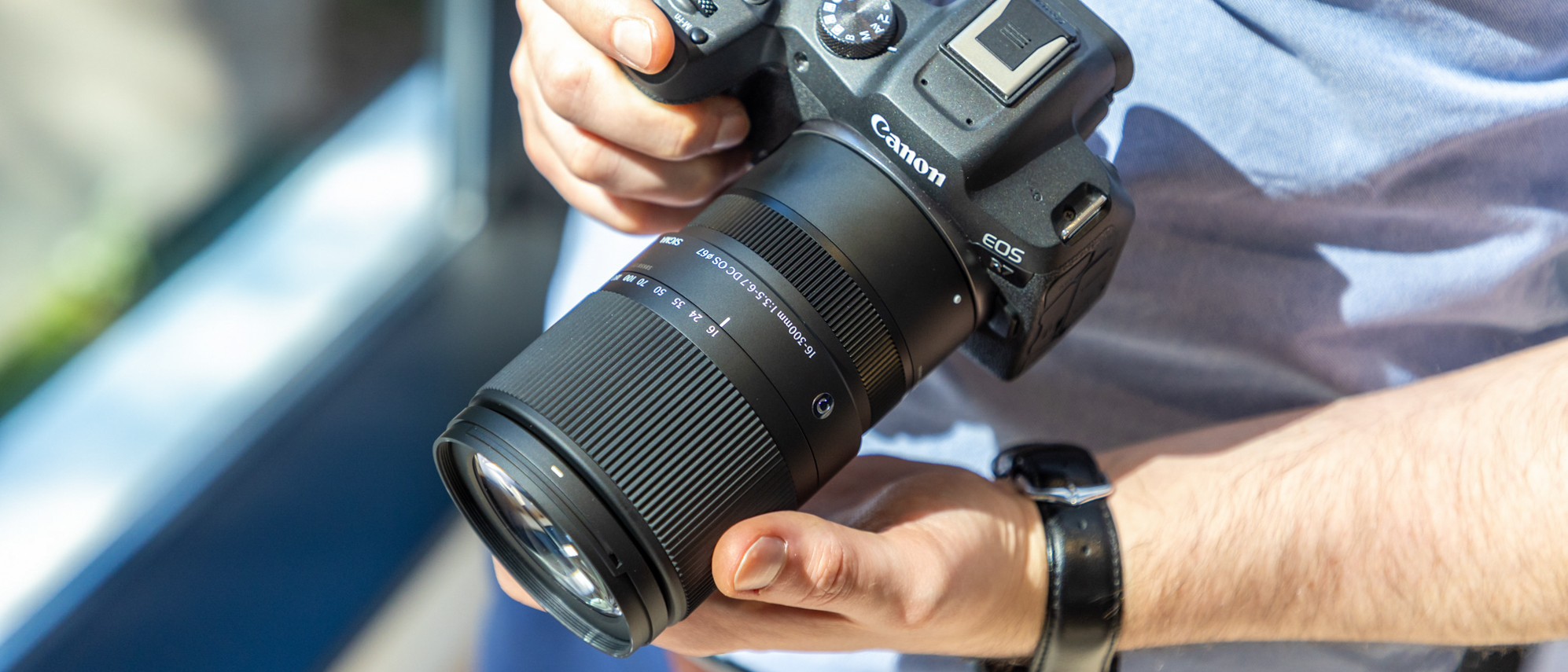Have we seen the last-ever picture from the Hubble?
A problem with the Hubble Space Telescope's gyros and the lack of a Shuttle means Nasa is looking for other solutions

Late last month NASA announced that the Hubble Space Telescope had switched itself to 'safe mode' because of a problem with one of its last remaining functional gyroscopes. In the past, the agency has mounted spectacular missions to save the legendary optical device using the versatile Space Shuttle. However, with the fleet now retired NASA is looking to other options, and it seems SpaceX is interested.
Astrophotography lovers have enjoyed the thousands of stunning images the Hubble telescope has caught since its launch in 1990, especially since the daring 1993 STS-61, a ten-day servicing mission that had over 35 hours of spacewalks. That mission, and four subsequent servicing missions that kept the Hubble in operation far longer than expected, all relied on the Shuttle and its airlock, but it's now out of action. What can SpaceX offer?

SpaceX, founded by Elon Musk and Tom Mueller, has grabbed a lot of media attention recently for their 'rapid unscheduled disassembly' (what everyone else calls an explosion) of their biggest experimental rocket, Starship. However, the company has also more-or-less perfected a smaller rocket, the Falcon, and developed a crew capsule, called Dragon, which has been used to send crews to the ISS 38 times, making a pretty strong case for private companies handling NASA missions.
Let's face it the management of some of these enterprises is not short of ego, either, so it shouldn't be a surprise that Jared Isaacman, Astronaut and CEO of a space enterprise called @Shift4, suggested that NASA "Put us in coach" on Twitter(X).

Realistically things are not as simple as the money men immediately suggest. The Shuttle had an airlock and arm to manipulate the Hubble in need of repair, while the Dragon capsule was not designed to be home to a crew for such a long period.
On the plus side, times have changed since the original Hubble gyros and computer modules were installed; systems the size of a refrigerator are considerably smaller these days.
It is also possible that – since the Hubble can limp on with its remaining two (of the original six) gyros, a robotic mission could somehow latch on and push it back into a good orbit (it is gradually decaying toward Earth).
Get the Digital Camera World Newsletter
The best camera deals, reviews, product advice, and unmissable photography news, direct to your inbox!
Just as the 1993 mission revitalized interest in the manned space program after the Challenger disaster, showing the need for humans in space, there is the worry whether success – however unlikely – for robotics here might be a shot across the bows for any future Mars mission, and we do eventually want to see pictures of Mars taken by humans (and we want to know what camera they choose).
In the meantime read more about Nasa's new moon camera, and which is the best action camera for use in difficult environments (if not, perhaps, space)

With over 20 years of expertise as a tech journalist, Adam brings a wealth of knowledge across a vast number of product categories, including timelapse cameras, home security cameras, NVR cameras, photography books, webcams, 3D printers and 3D scanners, borescopes, radar detectors… and, above all, drones.
Adam is our resident expert on all aspects of camera drones and drone photography, from buying guides on the best choices for aerial photographers of all ability levels to the latest rules and regulations on piloting drones.
He is the author of a number of books including The Complete Guide to Drones, The Smart Smart Home Handbook, 101 Tips for DSLR Video and The Drone Pilot's Handbook.
